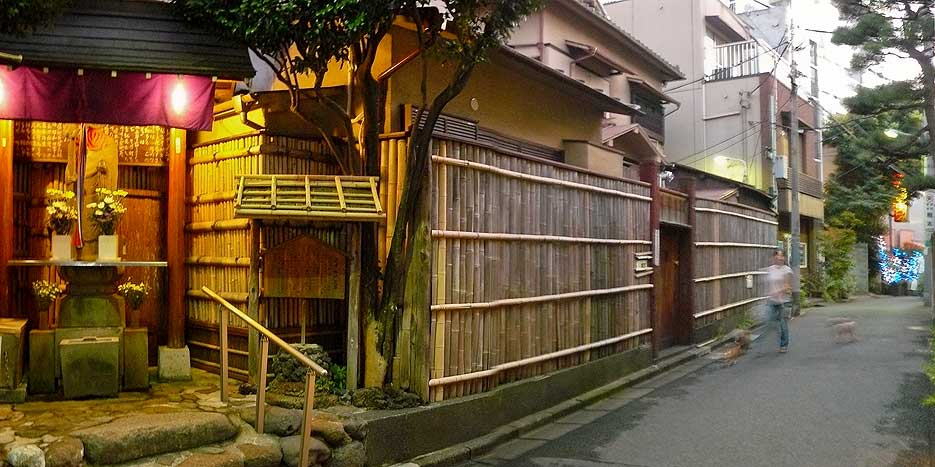Shibuya
 }} is a special ward in Tokyo, Japan. A major commercial center, Shibuya houses one of the busiest railway stations in the world, Shibuya Station.
}} is a special ward in Tokyo, Japan. A major commercial center, Shibuya houses one of the busiest railway stations in the world, Shibuya Station.As of January 1, 2024, Shibuya Ward has an estimated population of 230,609 in 142,443 households and a population density of . The total area is . Notable neighborhoods and districts of Shibuya include Harajuku, Ebisu, Omotesandō, Yoyogi and Sendagaya.
Shibuya came into the possession of the Shibuya clan in the early 1160s, after which the area was named. The branch of the clan that ruled this area was defeated by the Later Hōjō clan on January 13, 1524, during the Sengoku period, and the area then came under their control. During the Edo period, Shibuya, particularly Maruyamachō on Dōgenzaka, prospered as a town on Oyama Road (present-day Route 246), and in the Meiji era, as a Hanamachi. Shibuya emerged as a railway terminus during the expansion of the railway network beginning in the 19th century, and was incorporated as a ward in the City of Tokyo on October 1, 1932.
Shibuya, once a mediocre area developed around the railway terminus, overtook Shinjuku as a hub for youth culture in the 1970s. The coinciding competition between Seibu (whose most notable development projects include Shibuya Parco) and Tokyu (Tokyu Hands, Shibuya 109) to develop the area as a commercial center added to its appeal to young people, which in turn spread to other neighborhoods in the ward, such as Harajuku.
The Shibuya Crossing, known as the busiest pedestrian crossing in the world, the panoramic view of the city from the rooftop of Shibuya Scramble Square, and the statue of Hachikō are internationally recognized tourist attractions.
The area surrounding Shibuya Station has been undergoing large-scale redevelopment since 2010, with the entire project scheduled for completion in fiscal year 2034 (April 2034 to March 2035). Provided by Wikipedia
-
1
-
2
-
3
-
4Published 2003Other Authors: “…Shibuya, Eric. <br> Rolfe, James (James Grant)…”